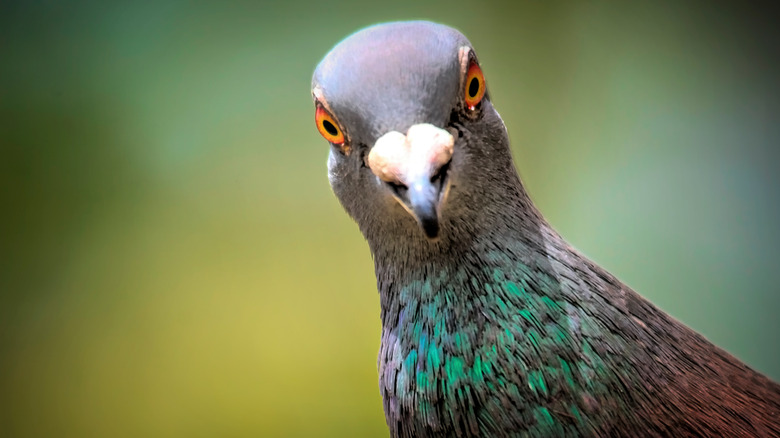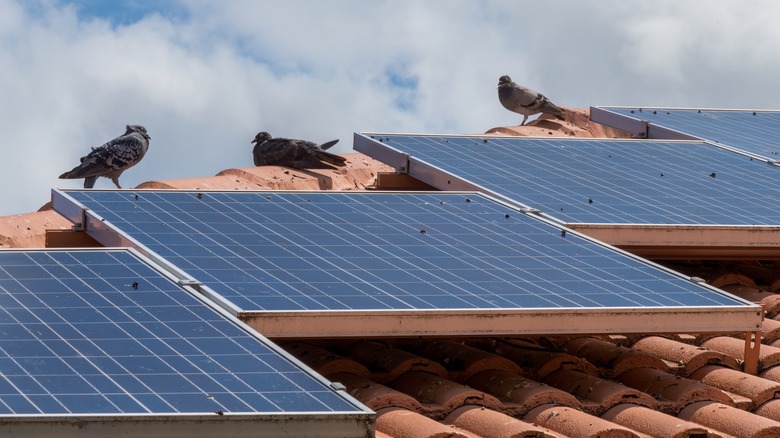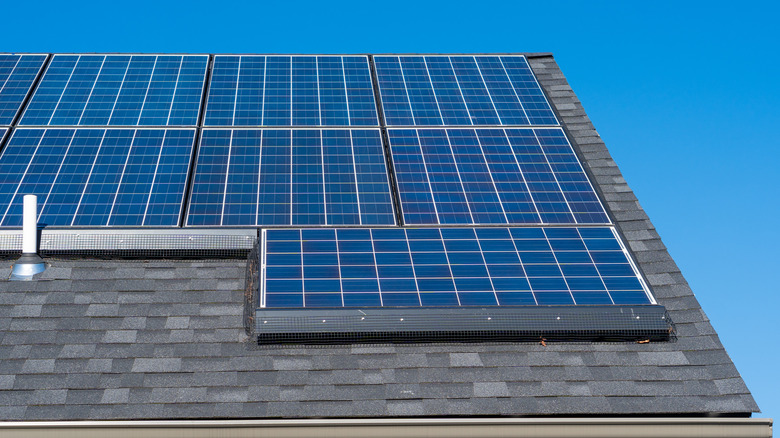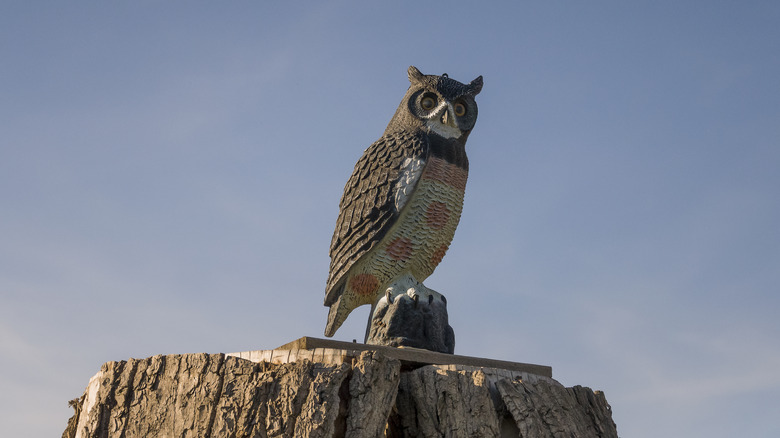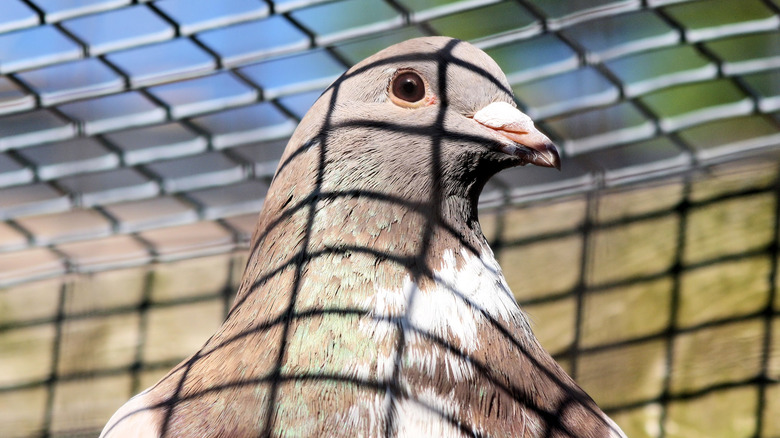3 Tips & Guidelines For Bird-Proofing Your Solar Panels
We may receive a commission on purchases made from links.
Home solar panels have a lot of benefits — both for the environment and your bank account — but they do come with their own sets of... particulars. Cost, physical space, and some other factors can affect or impede installation, but once the panels are in place there's still more to consider like maintenance, repairs, and nature.
Nature can rain on your solar panel parade if local fauna gets involved. Solar panels aren't typically installed flush against the surface of a roof, so there's expected to be a gap between the backs of the panels and the roof itself. That space can be mighty inviting to squirrels, raccoons, birds, and other animals. And some of these critters can cause a mess or even direct damage to them.
While animal intrusion can be a nuisance and isn't limited to rural areas (there are plenty of birds and rodents in urban areas, too), it can be managed if you take the necessary steps. A little preemptive work can save you from a big headache later.
Why you should bird-proof
So you've done your homework and figured out whether your roof can handle solar, decided what kind of panels to use, shopped around for prices, and finally signed the paperwork for installation. Now it's time to think about the birds — particularly pigeons.
Arizona-based Sun Valley Solar Solutions points out that solar panels attract rock doves because they're the perfect place for them to nest. To a pigeon, solar panels are a good source of shade from the sun while also providing protection (and a little bit of obfuscation) to the nest itself. The problem is, this can be bad for your panels — and possibly your home, and the birds themselves.
At the very least, the combination of materials used to make these nests and the inevitable bird droppings can block parts of the panels and reduce their overall efficiency. You'll also have to regularly clean them to keep them running at something akin to peak performance (or pay someone else to do it). At worst, nesting materials pose a serious fire risk.
Barricades are simple, but usually work
One of the simplest and most effective ways of preventing birds from building a home around your solar panels is to block them off entirely. They can't nest under your panels if they can't get under your panels, right?
There are many "critter guards" to be found at various home improvement and garden supply stores — with most amounting to some form of mesh wire that gets placed around the outer edges. This tiny fence essentially keeps the birds from being able to get beneath the panels, but will still allow air to flow through.
Installing these bird blockers is a fairly simple process, but it will require climbing on top of your roof — and you'll want to ensure you install them properly, or else they may not be as effective. If the task sounds too daunting or is otherwise something you can't do yourself, you can also look for a local solar installer (or even some cleaning services) to have a professional take care of it for you. Or if you haven't installed your panels yet, ask your installer or the various companies you're in contact with if you're still shopping around to see if they offer them in the process.
Bird repellents
Another option is to make it so that birds don't want to go anywhere near your house in the first place, because if they're too scared to get close, they're not going to want to build a home on your roof.
While ultrasonic repellents may work well on small pests, many bird-focused options don't tend to review well and are often considered a waste of money. Pest control company AgriProTech explains that the kinds of deterrents you'd need to use on birds aren't ultrasonic, meaning you can technically produce noises that will scare them off but said sounds will probably encourage you to head for the hills as well.
So rather than trying a fancy high-tech approach, try more classic solutions. Put up some flags (the flapping when it's windy should scare birds away). Set up one or two of those bird of prey statues, like an owl or hawk — but also remember to switch their positions once or twice a week, otherwise, the birds may figure out they aren't real. If you don't mind the aesthetics, you can also place down some reflective tape or other shiny material that will visually confuse the birds.
When they've already nested
Keeping birds from nesting under your solar panels is easier than getting them to leave once they settle in, but if you already have some roof squatters all is not lost. If things get particularly crowded it's recommended that you call animal control (or pest control, but we're going to focus on humane removal). Be warned that, while you can also attempt to get rid of unwanted birds on your own, it does carry potential risk as you'll be up on a roof — so be very careful not to slip or take a tumble.
Assuming there are only a few birds and they haven't laid any eggs (i.e. you catch them early), you can manually scare them off by going up to the roof and shooing them with loud noises or quick movements. Otherwise, you can try setting up humane traps or cages to capture the birds for relocation. Then after they're gone you can work on adding preventative measures like guards or repellents.
Less conventionally, though supposedly effective — and it shouldn't damage your roof – is the use of baking soda. It's said that birds don't like the feeling of baking soda under their feet, so if you sprinkle some around your roof it may convince them to move along. However you may need to get some under the solar panels as well, and it will likely wash off the next time it rains so reapplication would be necessary and likely inconvenient.
